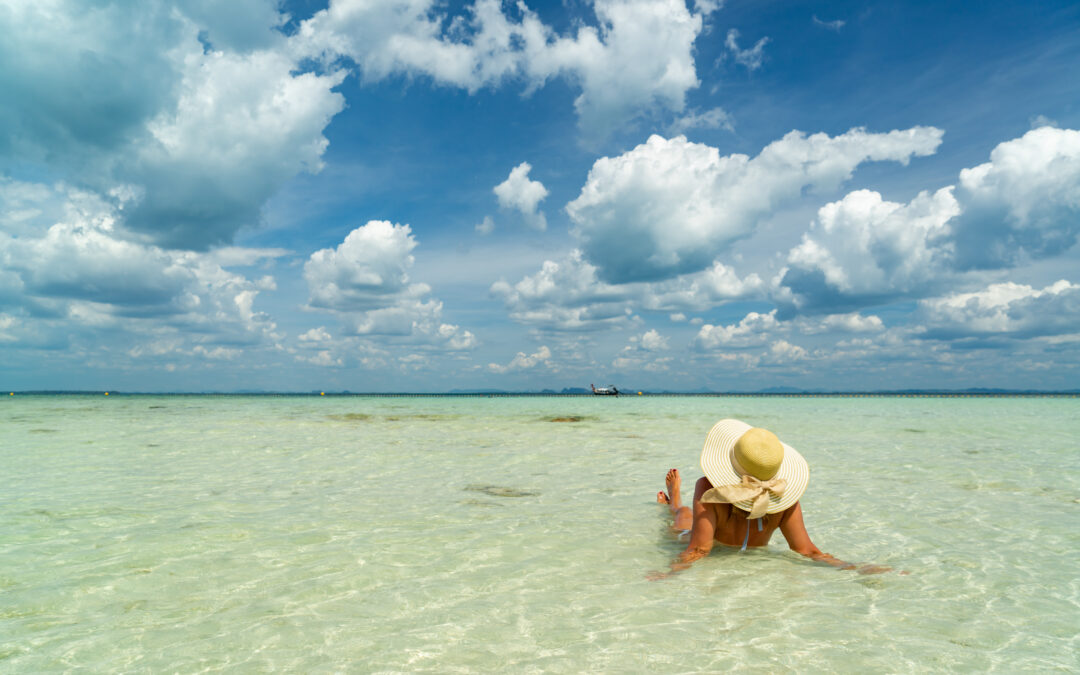Guest post by Richard Williamson
Summer activity can damage your jewelry
Everyone loves summer, but summer activities can damage jewelry. Summer is when we live life to the fullest, taking advantage of the long days and sunshine. There’s a sense that everyday life becomes easier, more exciting, more fun. Even Ralph Waldo Emerson, not widely known for festive frivolity, was a fan of the season: “Live in the sunshine. Swim in the sea. Drink in the wild air.” (Merlin’s Song)
Amen, Ralph! But, while all that living, swimming, and drinking is great for our social lives, fitness, and mental health, it’s not so great for our jewelry. Surprisingly, it’s some of the things that make summer, you know, SUMMER that are bad for our bangles and gems. And rings. And necklaces…just about everything we adorn ourselves with take a hit in summer.
No doubt, if you wear jewelry all the time, whether it’s the family heirloom ring, a pair of classic stud earrings, or your go-to necklace that you just seem to have on all the time, you probably have noticed some dulling and discolorations from exposure to different conditions. It’s a lot more common than you might think–and it can be a lot more costly and serious than you’d expect.
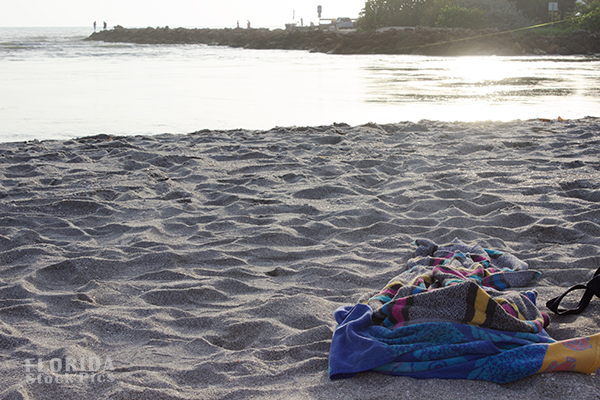
Saltwater and sweat can cause damage
When it comes to most metals, saltwater is a killer. Anyone who has a car in a northern city knows that road salt-laden puddles splash up under wheel wells and bumpers and eat holes in cars seemingly overnight. Taking a dip in the Atlantic while wearing your wedding ring, a favorite bracelet, or even a simple stud earring can lead to irreparable damage. It doesn’t take long for salt water to work its magic–or evil–on our precious metals.
It’s always important to remember to take off important jewelry before swimming. Since countless wedding rings and watches disappear at beaches every summer, it is worth pointing out that you should not remove your jewelry on the beach.
Okay, so no ocean swimming. Your jewelry is safe from salt water, right? Even though few of us are rolling around in briney puddles, and many of us don’t go near the ocean, saltwater is still on the menu for most people this summer.
How? It’s one of summer’s less pleasant characteristics: sweat. If you live in the American South, the persistent heat and humidity is legendary. And inescapable. As Harper Lee so eloquently described the effects of summer heat in Mississippi, “Men’s stiff collars wilted by nine in the morning. Ladies bathed before noon, after their three-o’clock naps, and by nightfall were like soft teacakes with frostings of sweat and sweet talcum.” (To Kill a Mockingbird) If the summer sweat did that to generations of elegant southern women, what hope have we?
Seawater is 3.5% salt. Sweat (and tears, for that matter) are about a thousand times less salty, but the constant contact can be just as impactful on jewelry health. (Source: ScienceDaily/Sportsrd.org) During the summer, not only are we hotter (and sweatier) but we are usually wearing less clothing–or at least it’s distributed away from places that are on the periphery, like arms, necks, ankles, where we tend to wear jewelry. That means our jewelry doesn’t rest on fabric like it might in the winter but instead on skin. Sweaty skin. Even for the daintiest of us, a favorite necklace gets a pretty steady salt water bath on a hot summer weekend.
Salt doesn’t affect only metals. It erodes the surface and finish of gemstones like Amethyst, Pearls, Rubies, Opals, Tanzanite, and Larimar. Even diamonds, the only gemstone to score a perfect 10 on the Mohs scale of mineral hardness, can become damaged from saltwater. Facets—the flat surfaces that cause the sparkle characteristic of most gemstones, except possibly opals—can become stained, giving your diamond a dull appearance. Fortunately, this dulling is temporary and rinsing the stone well with water (distilled is best but plain tap water will do in a pinch) will help facilitate bringing back all its luster.
More than skin deep
It’s not just the surface appearance that can be affected by salt. Long periods of exposure to salts on precious metals, such as yellow gold, white gold, rose gold, vermeil, and silver actually can weaken the metal, causing it to break. Rose gold, the softest, is most susceptible to structural damage.
Silver, frustrating for its tendency to tarnish under the best conditions, goes into tarnish overdrive in the presence of salts. It, too, weakens easily with prolonged exposure. Even platinum, one of the stronger metals, can become tarnished from saltwater, albeit at a slower rate than gold or silver. Still, it is best to avoid exposure.

Evil under the sun
Agatha Christie was not talking about the effect of sunlight on gems in her classic novel. Yes, sunbathing is another summer activity that can damage jewelry. Exposure to full sun can alter the color of certain gemstones. Amethyst, Aquamarine, Citrine, Sapphire, and Opals will experience a change in their vibrancy and appear to fade in color. Kunzite, the gorgeous pinkish-to-purple gem first mined in California, is particularly susceptible to color shifting after exposure to excessive sunlight. Kunzite is most valuable when it has vibrant color. Extended exposure to the sun will not only damage the look of the gem but decrease its value dramatically. (Source: Gia.edu)
Wear your fine gems in short spurts during the day to limit their exposure to the sun’s damaging rays, or stick to indoor venues. Heat, like sunlight, can cause color shifts in some gyms. Do not leave your jewelry in a hot car parked in the sun. Always store them in cool, dark locations. (source: Shoplc.com)
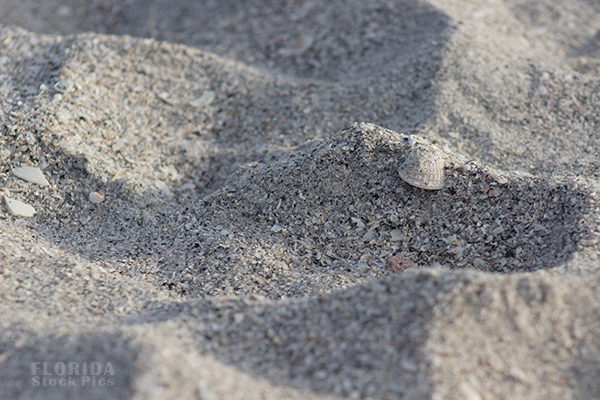
Sand causes scratches and breakage
A grain of sand pit in an otter shell causes a pearl to form. Nothing as miraculous happens if sand or grit gets on the surface of gemstones. Sand, dirt and small stones can scratch the surface of your jewelry, causing damage to the metals and gemstones. Remember, sand is silica, which is what is used to make glass. Its abrasive qualities are famously eponymous in the form of sandpaper, which can smooth just about any troublesome rough spots—and will wear off the surface
of things like gold–plating, rhodium–plating, and vermeil, and cause scratches on the facets of gemstones! Sand can also get lodged in the jewelry clasps and fasteners causing them to break. So, be careful when you play a game of beach volleyball, throw a frisbee with a friend, or make the perfect sandsculpture–keep thinking summer activity can damage jewelry.
How to clean your jewelry
If you forget to remove your jewelry prior to swimming in saltwater or while on the beach, the best thing you can do is thoroughly rinse each piece with water (don’t forget to cover the drain, lest you lose something through the holes). For most settings and jewelry, rust is not a concern, so don’t worry about overdoing it. (Okay, not watches. It should go without saying, but there are labels on coffee cups reminding us that coffee might be hot.) Rinse away! You need to turn solidified salt solids back into a liquid.
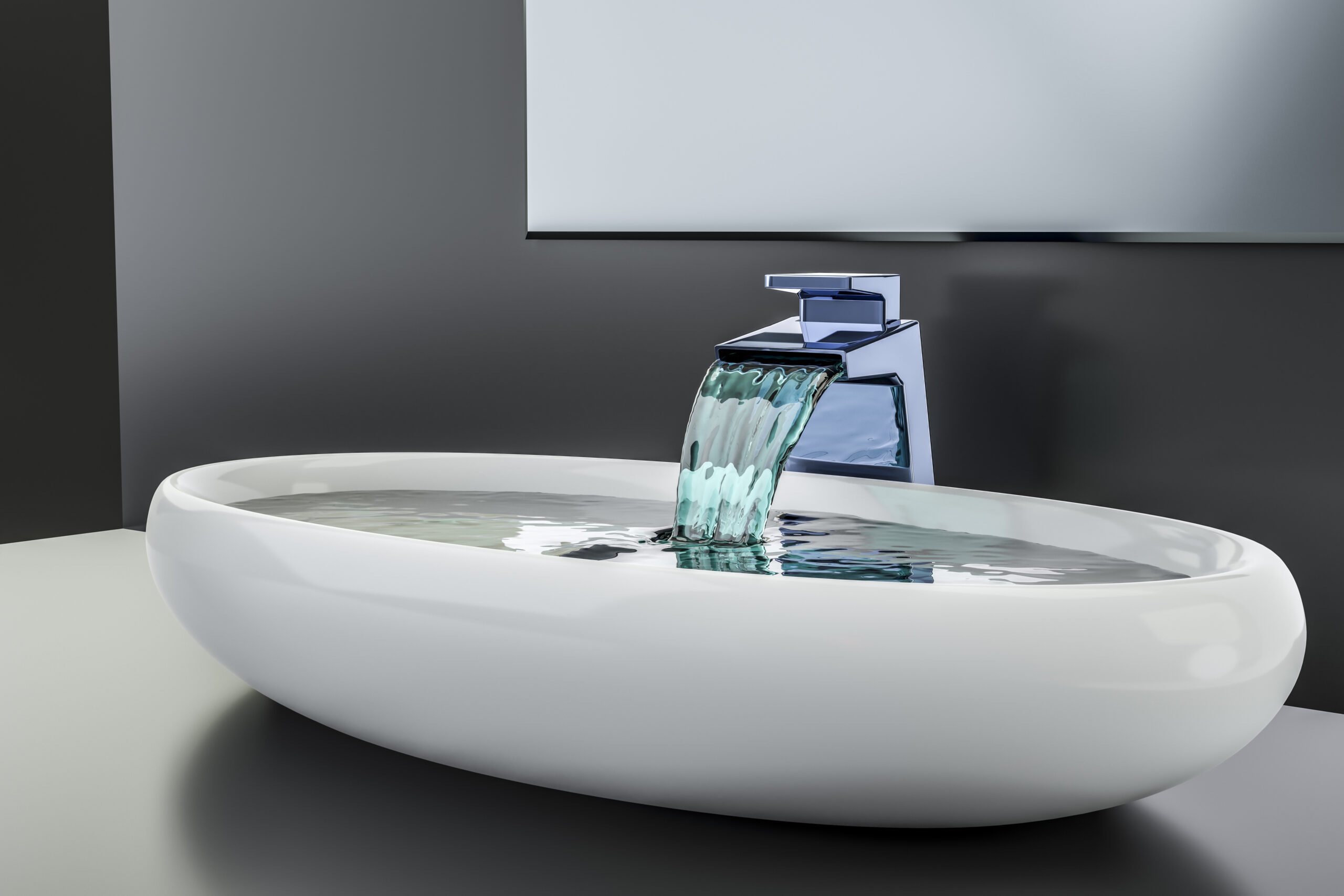
Just in case this, too, is not obvious: do not scrub your potentially salty or gritty jewelry! That turns your grit into a tiny abrasive. Think sandpaper. See above if you skimmed your way down to here!
Work the mechanical parts
Be sure to open and close the clasp and gently move joints, if any, to dislodge any stuck pieces of sand or silt. Pay particular attention to any sand caught inside your pendant and gem prong settings and inside filigree decorative designs. Once rinsed, use a gentle soap to cleanse and follow up with another thorough rinse. Don’t leave any sand behind!
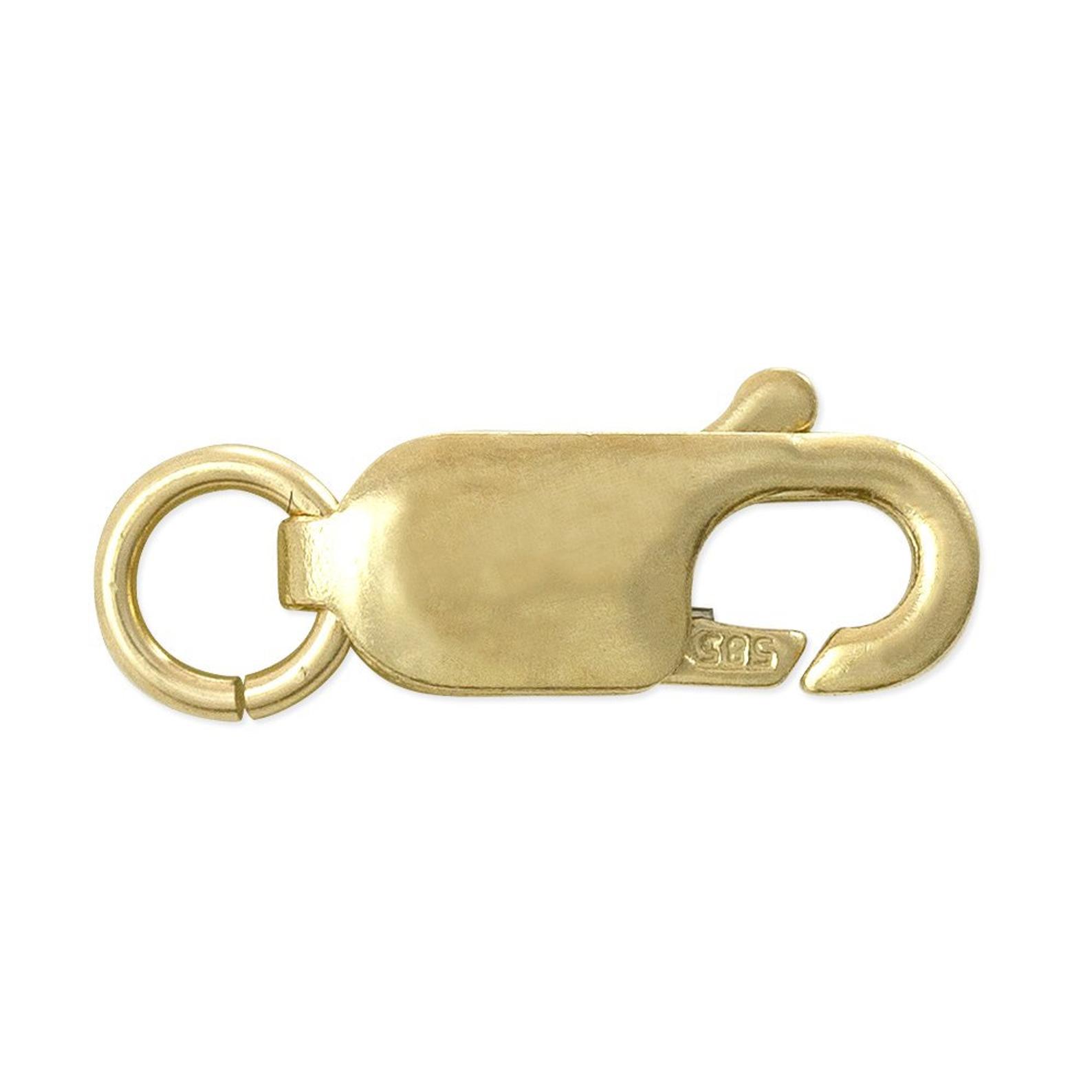
Pay particular care if the jewelry you are working with has any kind of fiber or elastic. Very often, a segmented band on your wrist watch could have thin elastic bands that run throughout. These can corrode with contact with heat or water. Jewelry that contains pearls or beads are strung on some form of fiber or cord. These can also deteriorate, and can break catastrophically, sending valuable pieces flying.
Dry with a blow dryer, if possible, to be certain to remove any particles that can scratch the metals and gemstones, and removing all the water will stem the development of rust should your jewelry be susceptible to oxidation from water. Read our care and usage guide for more advice on maintaining and storing your jewelry on a daily basis.
References:
https://parade.com/1037932/kelseypelzer/summer-quotes/
https://www.sportsrd.org/wp-content/uploads/2018/11/Whats-In-Your-Sweat.pdf
Lee, Harper. ( 2006). To kill a mockingbird. New York :Harper Perennial Modern Classics
https://blog.shoplc.com/do-gemstones-fade-in-bright-light-summer-gemstone-care-tips/
https://blog.shoplc.com/do-gemstones-fade-in-bright-light-summer-gemstone-care-tips/

About the author
Richard Williamson is an award winning copywriter with more than two decades of experience. Find out more about him at www.RichardWroteThis.com

